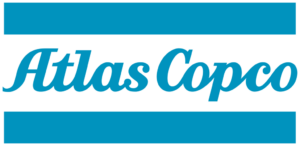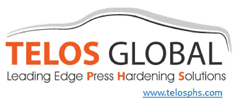Lighter > Cost Effective > SOLUTIONS
The lightweighting Technology standard for cost-effective, complex geometries for high-strength aluminium pressings by reducing weight for simpler, stronger structures.
HFQ® Technology enables extremely complex aluminium parts
The HFQ® Technology press forms hot aluminium blanks at high speed, which are quenched in the press tool, followed by artificial ageing to achieve full strength.
HFQ® Technology enables extremely complex aluminium parts to be formed in a single press operation, whilst achieving high levels of strength in the finished part using standard grades of aluminium.
Let us know how we can help with your unique needs
Automotive
Automotive
Aerospace
Aerospace
Rail and Mass Transit
Rail and Mass Transit
Commercial Vehicles
Commercial Vehicles
Consumer Products
Consumer Products










Automotive Body Structures
Lightweighting automobiles and vehicles is one of the best ways for reducing carbon emissions. When it comes to Steel vs Aluminium – Hot Form Quench Aluminium Forming is winning the race.
Hot Form Quench is also ideal for aerospace lightweighting providing super-strength lightweight aluminium and flexibility of use. An ideal lightweighting solution for aircraft and the aerospace industry.
HFQ Technology Partners gain access to a wealth of know-how and services to grow their business.
Find out more about our technology here
Creating a global standard for lightweighting.
To create a pro-active community with the
purpose of developing, promoting and encouraging the advancement of lightweighting Technology utilising the networks’ collective technical strengths and resources.
We answer all email and requests as they come in. If you have an urgent matter or would like to place an order please click the link below to give us a call.


